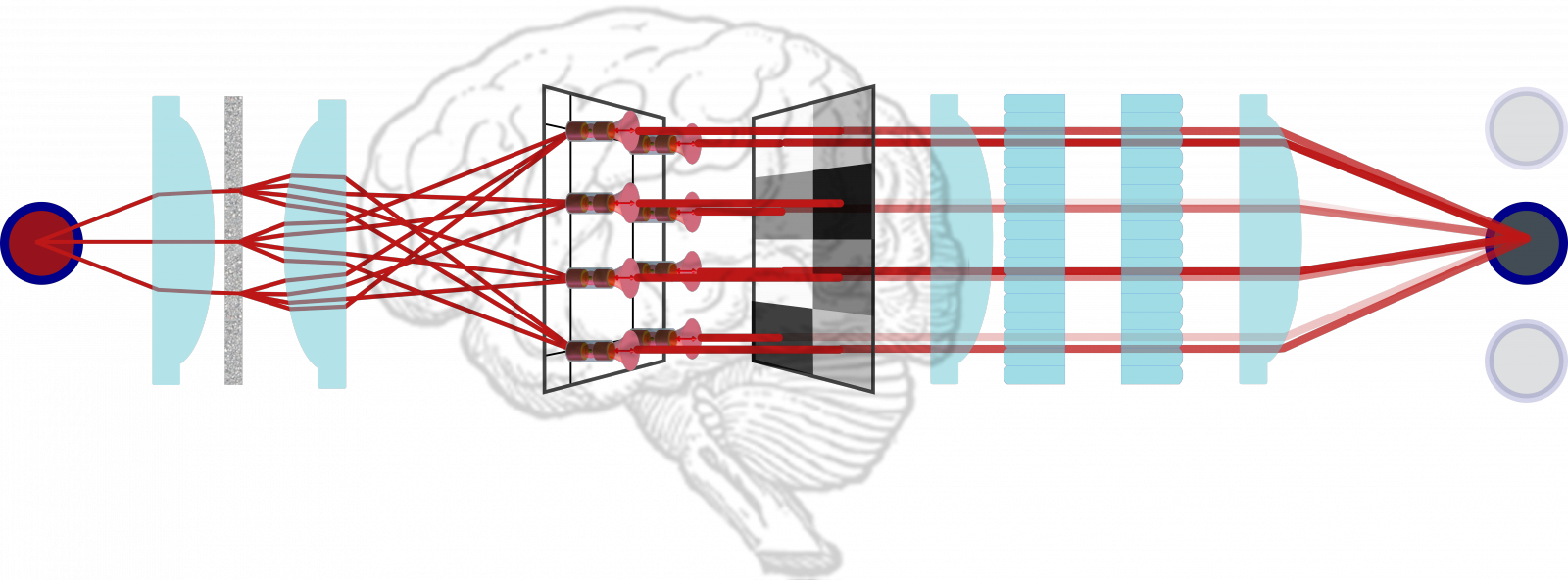Research acitivity Daniel Brunner
Focus of research activity
The main focus of my research are the dynamical properties of complex photonic systems and their application to Neurmorphic information processing. Representative for my scientific work are my studies on photonic delay systems, such as semiconductor laser coupled to delayed feedback.
Information processing in photonic networks.

A fascinating possibility is that semiconductor laser networks can provide the subtrate for artificial intelligence: Neural Networks. In my research, I investigate networks implemented in the delay of feedback coupled lasers as well as the creation of spatially extended laser networks. In both fields, our work has established or contributed to groundbreaking physics.
Exemplary is the demonstration of a Neural Network in a standard semiconductor laser at telecommunication wavelengths (Nature Communications 4, 1364 (2013)). Virtual nodes of the Neural Network are implemented along the optical fiber of the optical delay line. We demonstrated spoken digit recognition (~300.00 digits/s) and prediction of a chaotic timeseries. Our experiment illustrates the astonishing versatility and information processing capacity of novel computational schemes and dynamical systems. An application could results in an all-optical Neuromorphic processor at unprecedented speed and energy efficiency. As a response of our work, mutliple international groups now investigate possibilities of Neural Networks in semiconductor lasers.
Complex photonics.
Another key area of my research activity are fundamental properties of complex photonic systems. We experimentally determined the full phase space trajectory of a chaotic semiconductor laser (Phys. Rev. Lett. 115, 053901 (2015)). Though semicondctor lasers have been studied since multiple decades under such conditions, it is the first time such information is available from experiments. Our scheme, based on realtime heterodyne spectroscopy and high bandwidth bias voltage acquisition, open new routes for the investigation of semiconductor lasers in general. It allows to evaluate numerical models and explorer the limits of the their validity with higher acuracy than before.

